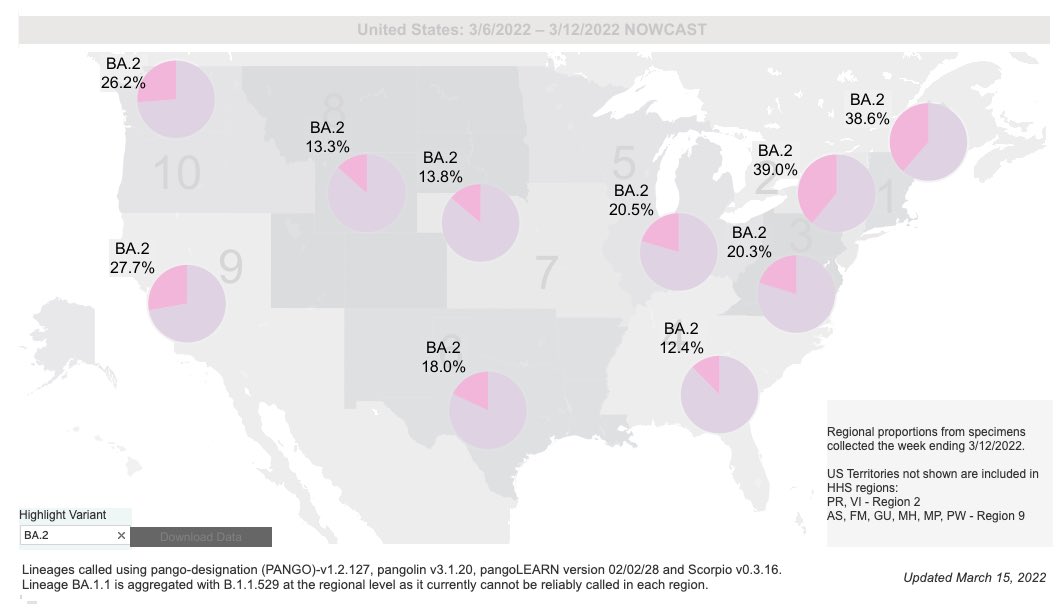
1/ This is the calm before another #COVID storm in the U.S., which will be worse than it should be due to short-term and hopeful thinking. The #BA.2 cycle has already started here and will be in full bloom in ~2-3 weeks with a much bigger surge than anyone saw coming.🧵
2/ There are many differences between UK/Europe and the US, but almost all differences weigh against the US avoiding the impact of #BA.2
- Lower vax/booster rate
- Less testing
- Fewer COVID restrictions
- Longer period of waning immunity
- Lower vax/booster rate
- Less testing
- Fewer COVID restrictions
- Longer period of waning immunity
3/ The trough of COVID cases in Europe occurred when BA.2 penetration reached 50-60% based on genomic surveillance (BA.2 figures from outbreak.info). 

4/ The U.S. BA.2 penetration as of last week was ~23% and has roughly doubled every week since early February. At this rate, we would reach the 50-60% threshold in the coming week. 
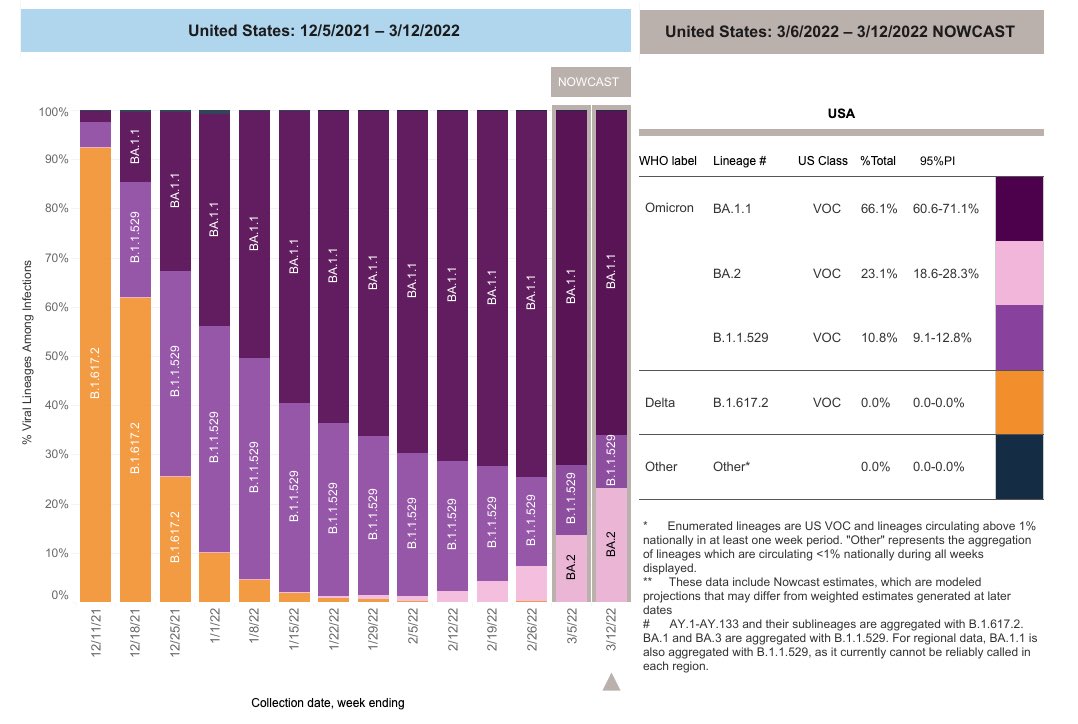
6/ Our ability to see this inflection in the U.S. is hindered by the overall decrease in testing and the mix shift towards antigen test kits. We do much less testing than Europe does. 

7/ As laid out really well here, the new CDC Community Levels metric is a lagging indicator and we’ll never see this surge coming with this metric before it is already upon us.
https://twitter.com/jasonsalemi/status/1504856548647976963
8/ It's hard to interpret case rates given the belated push to send free antigen tests to US households, but my bet is that there has been a big change in behavior with upwards of 3-5x more antigen tests than PCR right now. Many positive cases are probably not being recorded.
9/ Positivity rates for PCR don’t look like they are increasing yet, but there are some signs that antigen test positivity is increasing in the northeast week-over-week (March 14th)
- DE: +126%
- Maine: +69%
- MA: +27%
- NH: +21%
- NY: +10%
- RI: +60%
delphi.cmu.edu/covidcast/indi…
- DE: +126%
- Maine: +69%
- MA: +27%
- NH: +21%
- NY: +10%
- RI: +60%
delphi.cmu.edu/covidcast/indi…
11/ In venues like schools where serial PCR testing is still being done, it looks like there is an uptick in cases. Here is an example from this past week in MA public schools where cases are up 19%.
masslive.com/coronavirus/20…
masslive.com/coronavirus/20…
12/ My hypothesis is that transmission in the community is higher than we can see based on official data because most people are likely experiencing symptoms, testing at home, and not seeking care. This by itself would be fine, if omicron wasn’t so transmissible.
13/ I have had numerous friends tell me that they got sick with omicron in January and tested repeatedly negative with an antigen test during the early onset of symptoms. This is likely due to the lower sensitivity of these tests compared to PCR.
14/ Once BA.2 really gets going, this false negative phenomenon will likely drive false confidence in not having COVID — with an unintended consequence of driving higher transmission to others.
15/ What is also unfortunate is that this false negative rate may delay treatment with mAbs and oral therapies that so far having been sitting unused despite all of the hype. 

16/ Deaths are still stubbornly high despite the availability of mAbs and the orals — still as high as early January during the last omicron wave. We aren’t doing a good job of treating high-risk COVID+ patients. 
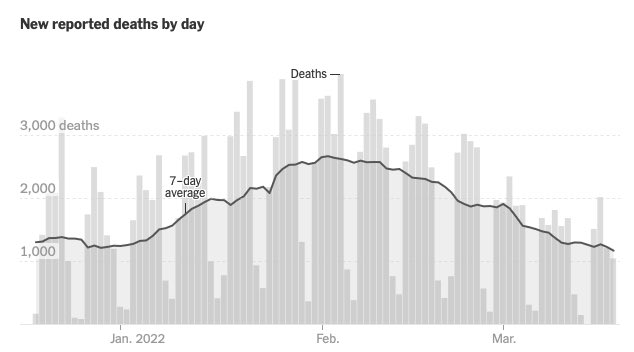
17/ The hope that we have enough of an “immunity wall” where we don’t experience a rise in hospitalizations and deaths is wishful thinking. Hospitalizations in the UK are up 30% week-over-week right now.
abcnews.go.com/Politics/fauci…
abcnews.go.com/Politics/fauci…
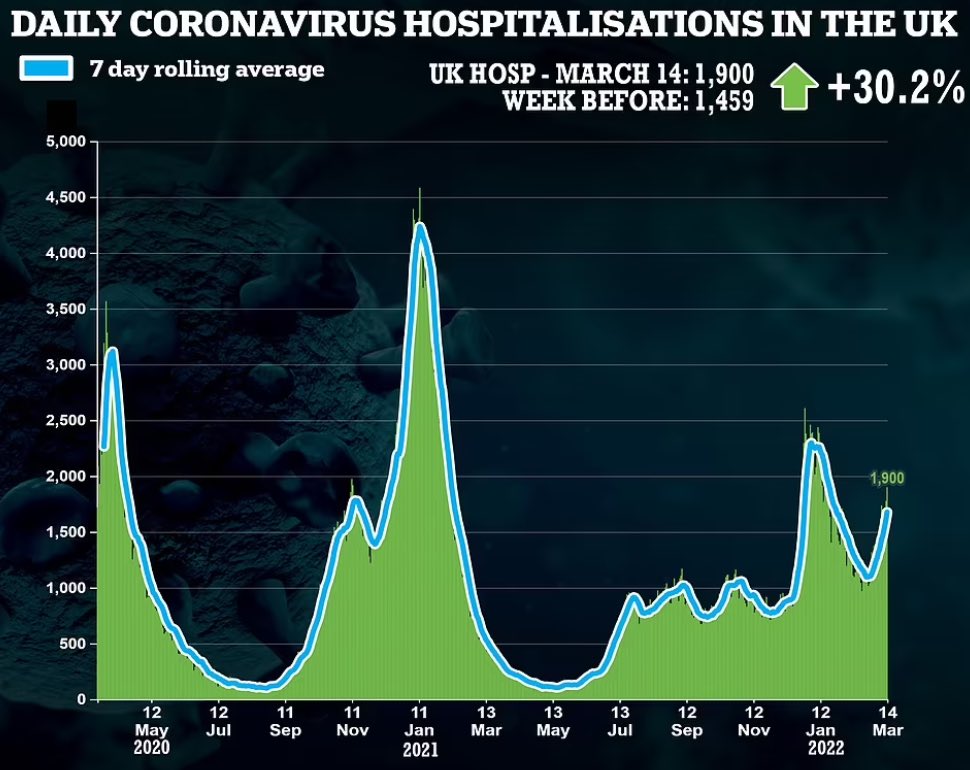
18/ The irony is that eagerness to go back to normal and the lifting of social distancing measures will accelerate the surge beyond what otherwise would have been. Spring break, return to work, and lifting of masking in schools will allow the virus to flourish — a perfect storm.
19/ For many people, going back to pre-COVID behaviors may seem fine and the actual risk from BA.2 may be low. What is at stake is the impact on immunocompromised and older adults who will be disproportionately affected by another surge along with our healthcare system.
20/ Those groups are being hospitalized and dying disproportionately in the current BA.2 surge in the UK. 
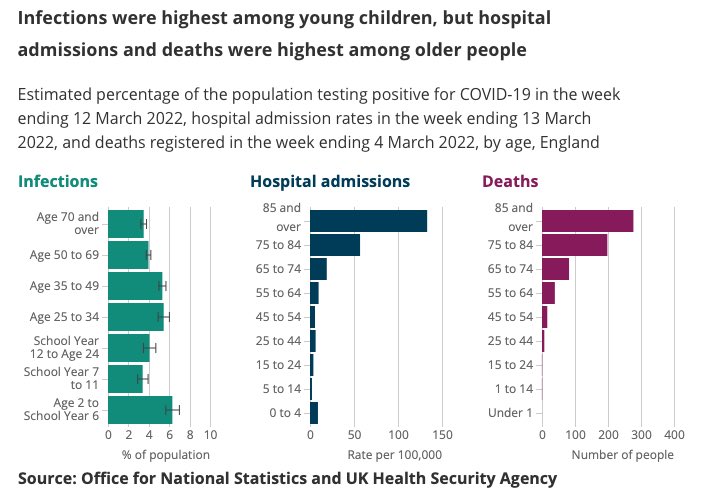
21/ Wouldn’t be surprising to see a higher re-infection rate among people who got sick during the first omicron surge.
https://twitter.com/EricTopol/status/1504825391604649985?s=20&t=dPrP0cPFu6QSUnSPtp3v1g
22/ For those who say “this is just like the flu”, the periodicity of waves is much higher frequency than a normal flu season. This volatility is not something our healthcare system is built to handle. 
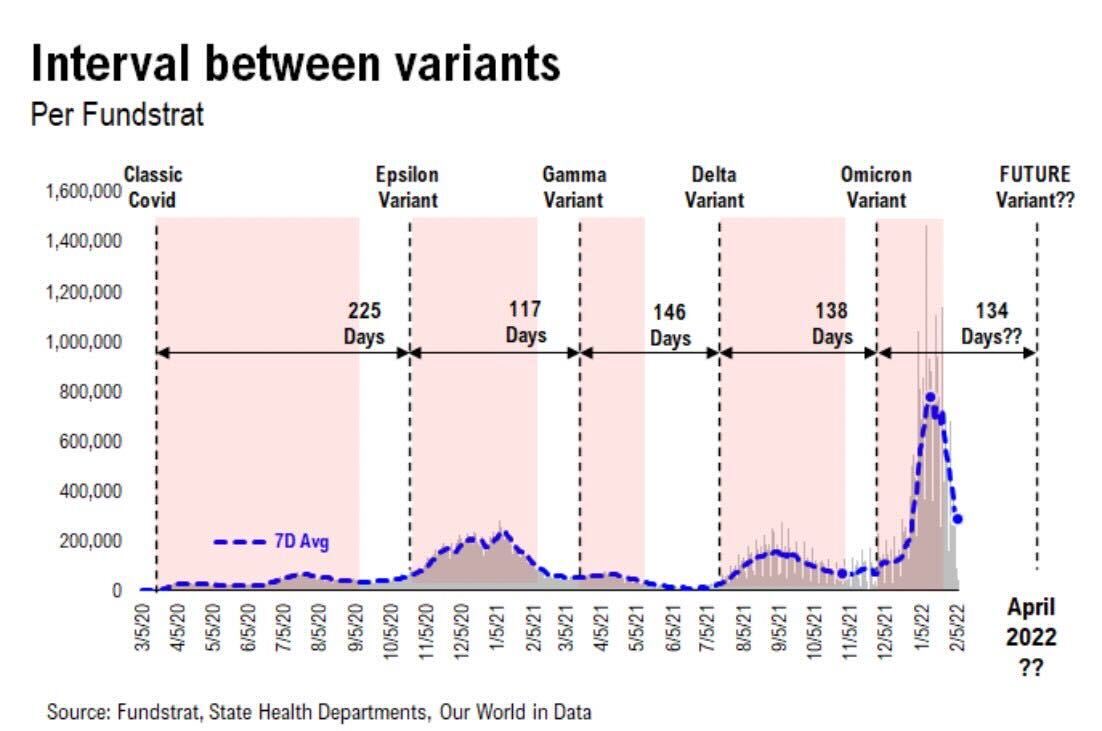
23/ If this BA.2 wave is much worse than people expect, it will put the government in a tough spot to re-introduce restrictions without any of the funding to respond in a timely fashion. We could be in rough shape by May/June without much recourse.
• • •
Missing some Tweet in this thread? You can try to
force a refresh

